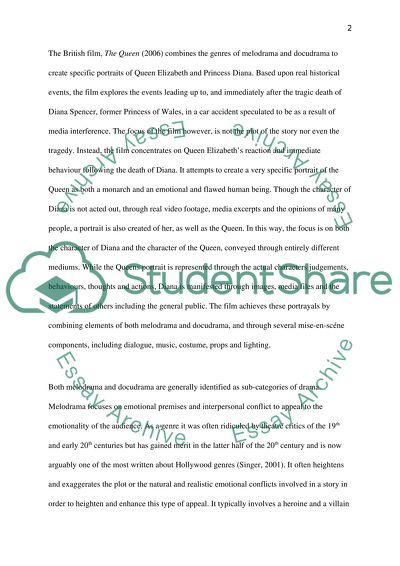Cite this document
(“Combining Melodrama and Docudrama through Various Mise-en-Scene to Essay”, n.d.)
Combining Melodrama and Docudrama through Various Mise-en-Scene to Essay. Retrieved from https://studentshare.org/visual-arts-film-studies/1448501--how-does-the-queen-combine-the-genres-of
Combining Melodrama and Docudrama through Various Mise-en-Scene to Essay. Retrieved from https://studentshare.org/visual-arts-film-studies/1448501--how-does-the-queen-combine-the-genres-of
(Combining Melodrama and Docudrama through Various Mise-En-Scene to Essay)
Combining Melodrama and Docudrama through Various Mise-En-Scene to Essay. https://studentshare.org/visual-arts-film-studies/1448501--how-does-the-queen-combine-the-genres-of.
Combining Melodrama and Docudrama through Various Mise-En-Scene to Essay. https://studentshare.org/visual-arts-film-studies/1448501--how-does-the-queen-combine-the-genres-of.
“Combining Melodrama and Docudrama through Various Mise-En-Scene to Essay”, n.d. https://studentshare.org/visual-arts-film-studies/1448501--how-does-the-queen-combine-the-genres-of.


